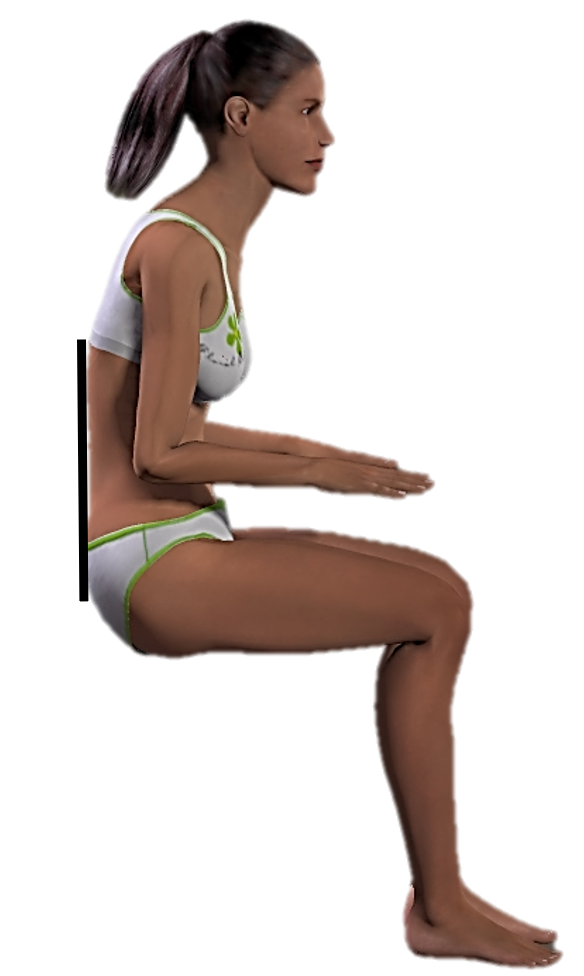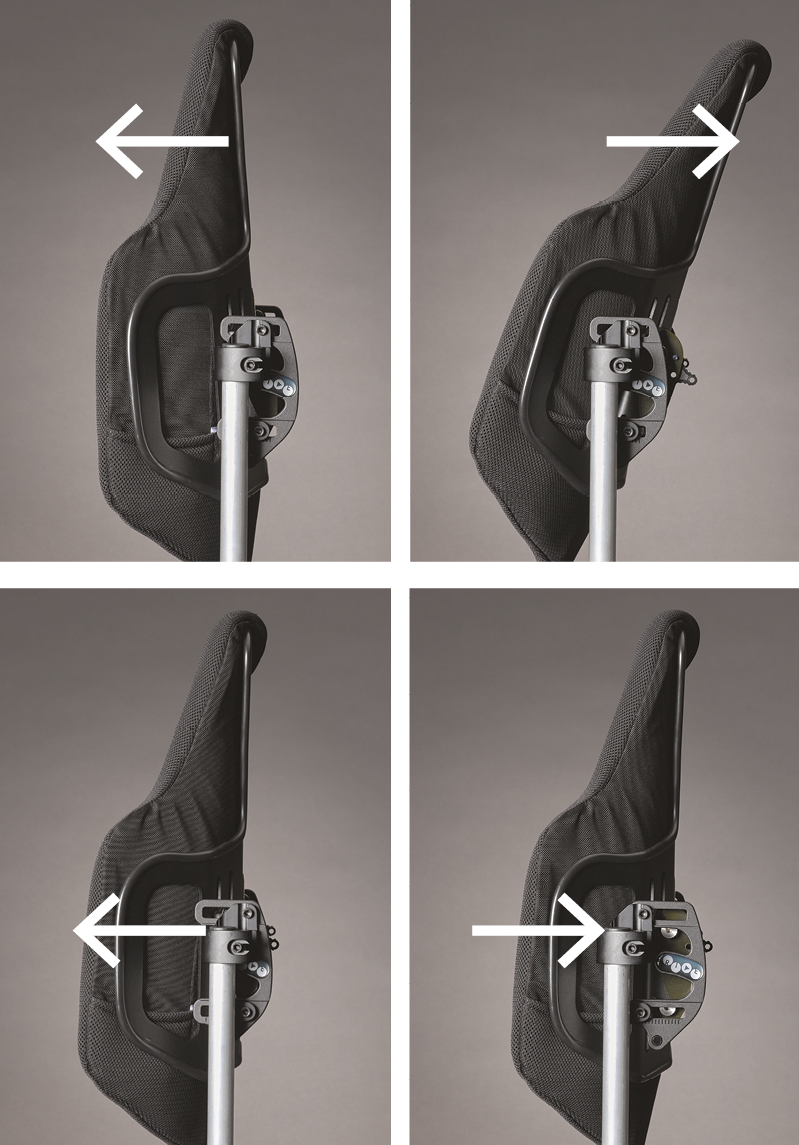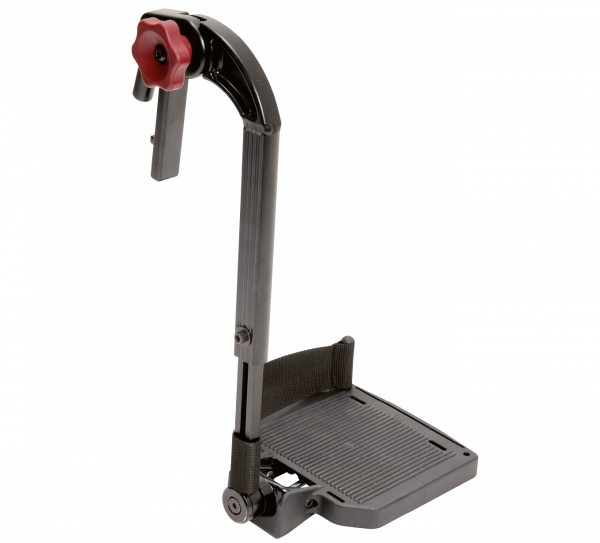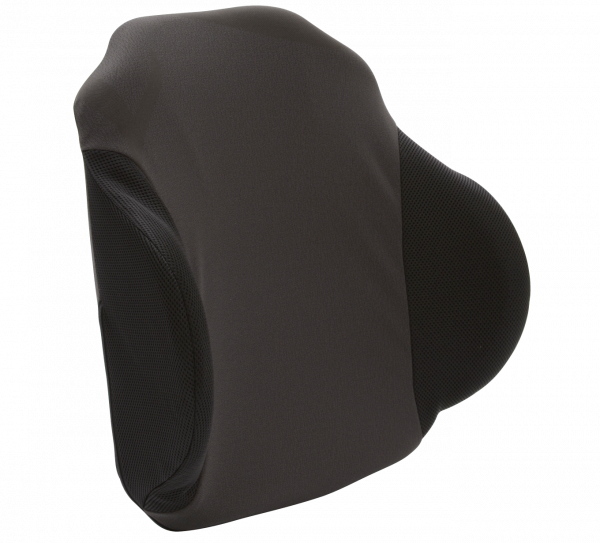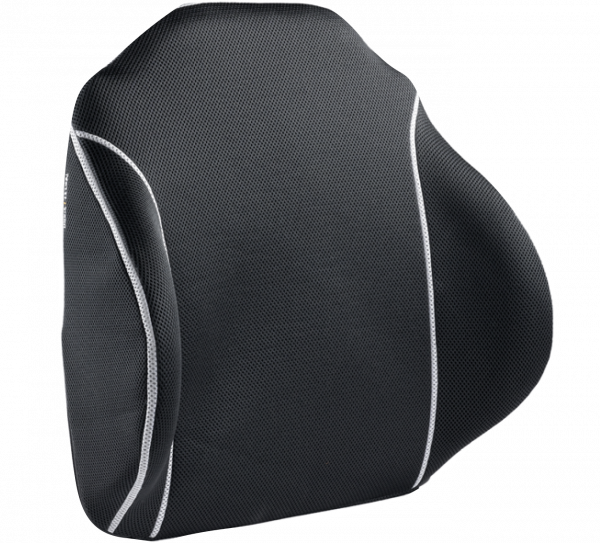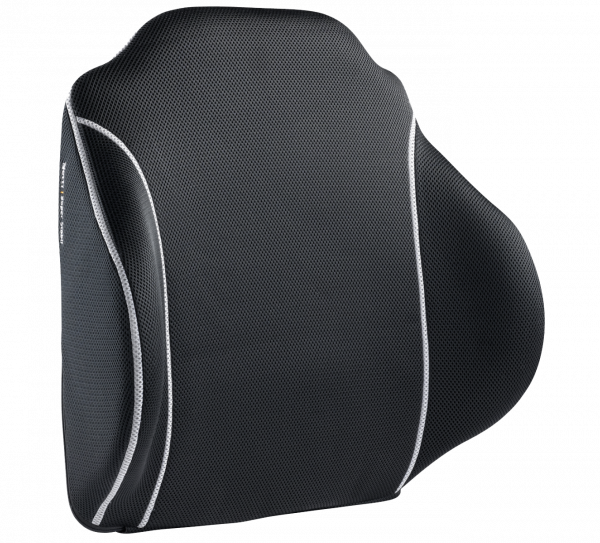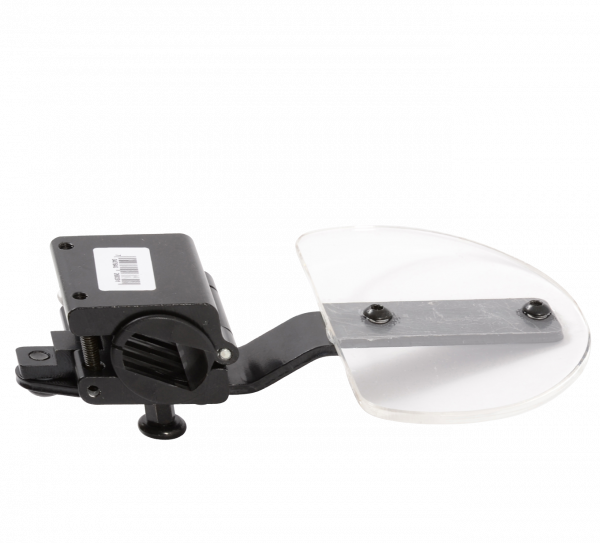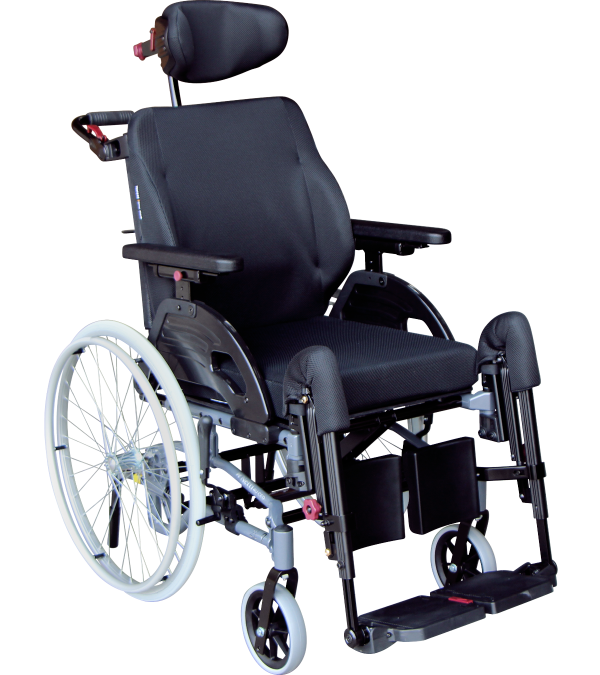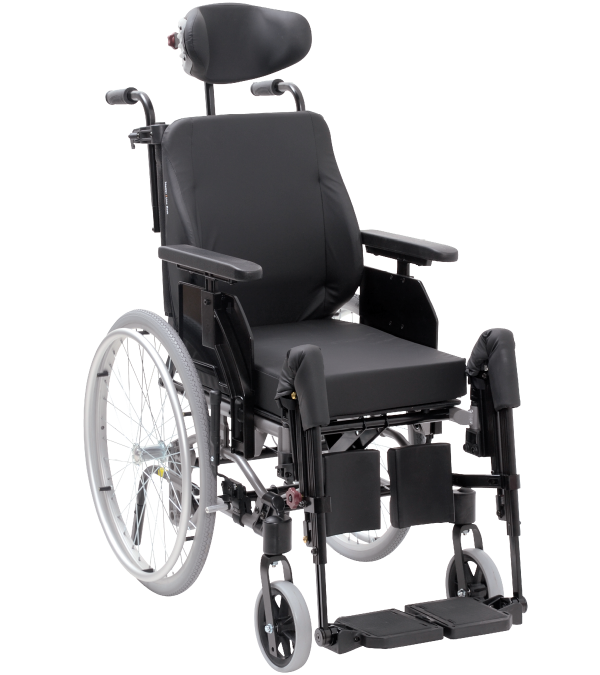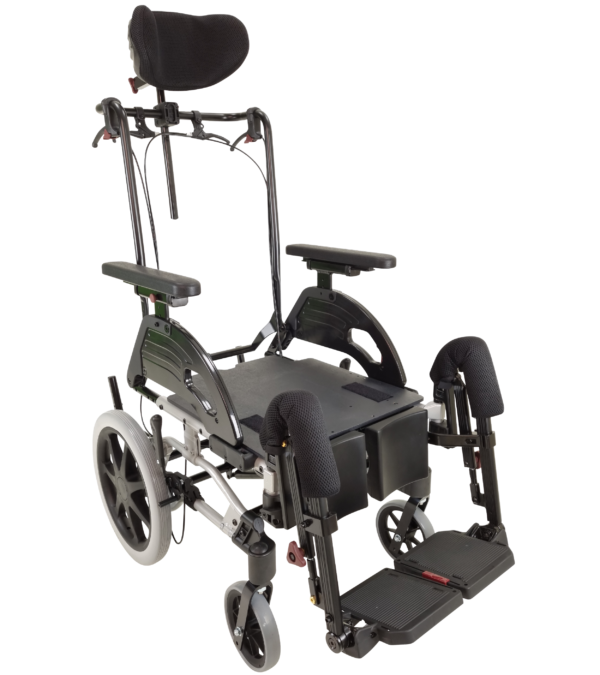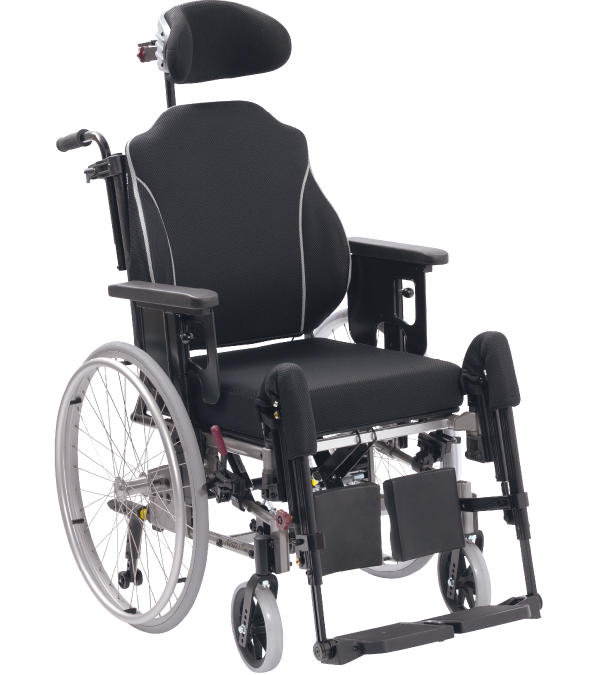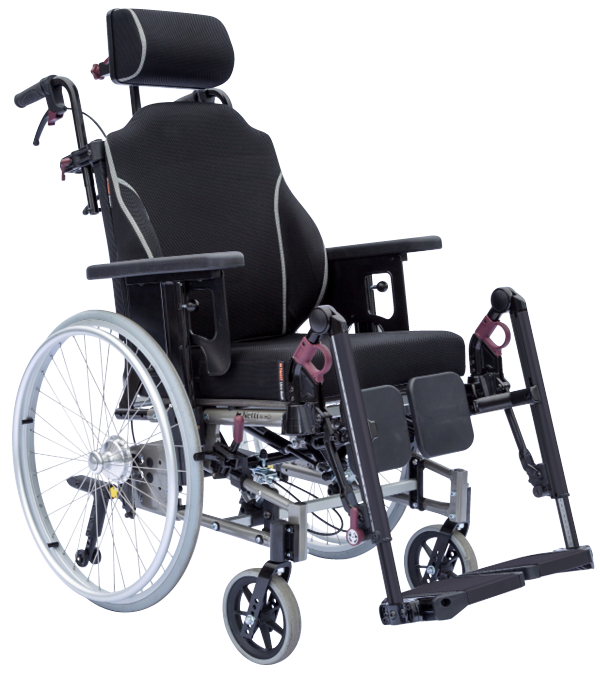Kyphosis
Kyphosis is the situation when there is increased curvature outward of the vertebral column in a lateral plane and occurs most frequently in the chest part. An increased curvature inward is called lordosis and occurs most frequently in the neck and lower back. The normal, healthy vertebral column shows a rather weak, regular bending outwards in the chest section, and inwards in the lumbar and neck sections.

IMPACTS
Kyphosis has its main negative impact on the muscle-skeletal system. The skeletal parts are often overloaded and/or wrong loaded. The muscles become either to tensed due to constant overload or to weak due to under-use and the ligaments are often overstretched. When ligaments are stretched over a certain time, pain will arise.
Kyphosis has its main negative secondary impact on the lungs, which end up with limited expansion possibilities, thereby increasing the risk of food entering the respiratory tract and secondary creating respiratory inflammation. With increasing age, the proportion of pneumonia due to bacterial infections rises and it is therefore extremely important to maintain the best possible lung function by counteracting kyphosis. A good erected seating position where the lungs can expend is very important.
The digestive and cardiovascular system can also be adversely affected due to more compression and less expansion possibilities. This can affect bowl movement and food digestion negatively but also affect the urinary system in a negative way.
The wheelchair back
Let us have a look at how the back support of the wheelchair influences the kyphosis.
When there is a flat, fixed back support, the user with a hyper kyphosis will end up with the upper part of the thorax, the neck, and the head, in front of the body. See fig 1)
In some case I have seen that this situation has been solved by adding more tilt to this challenge, but this will not provide the amount of pressure reduction, stability and positioning which is needed in cases like this.
Conclusion so far: A flat back should not be used when there is a hyper kyphosis.
So, what kind of back should than be used in a wheelchair to solve a seating challenge with a user with hyper kyphosis?
This should be a back where it is possible to create a good position and stability for the pelvis and which should allow for the user to be placed more posterior with the upper thorax.
The pelvis should be positioned in a neutral position (if this is a reachable position and not blocked due to a limitation in the pelvis). Please contact Netti if you want to know when we have the next webinar where we teach how to examine and create a solution for a user like this.
After the pelvis has been positioned, it is important to stabilise this position, meaning check the influence from above (head and neck) and from below (hips, thighs, knees, ankles, and feet). We will explain how to do this further in the next paragraphs.
When the pelvis has been positioned and stabilized, it is time to look at the position of the thorax. The thorax should be allowed to be positioned backwards so the head will end in a natural place above the pelvis and thorax. There are 2 kind of wheelchair backs which allow for this.
- a Velcro back with multiple straps (preferable 6-7)
- a backward thoracic back like the ones from Ride Designs.
The back with Velcro straps can be “tailor adjusted” to the user by tightening / loosening the straps (see one of the Netti Webinars on how to do so). The backwards thoracic back can be adjusted /positioned in the correct position to allow the thorax to move backwards but support it at the same time.
The backs from Ride Design have a patented biomechanical design which provides the flexibility to easily and independently optimize pelvic support and balance the trunk, supporting the normal rhythm and movement of the body. The user experiences comfort and stability at rest, and no interference with function and mobility.
The wheelchair leg supports
It is a pity that at most seating challenges the leg supports are not paid more attention when there is a hyper kyphosis involved. Let us look at all areas of importance at the leg supports and why this is important.
At first it is important that the knees can have a relaxed position which means for most people a slightly outward rotation in the hips, resulting in the knees being in position which is wider than the hips. Many leg supports are too narrow at the knees, and block this slightly outward rotation in the hips. This leads to a tension building up towards more kyphosis.
Please do the following experiment: sit on a chair and move your knees away from each other and afterwards towards each other. Notice the following: The external rotation in the hips when you move your knees away from each other, will stimulate for the external rotation at the upper extremities and “open up” the chest area and stimulate extension in the spine. Moving the knees towards each other will rotate the hips inwards, close the chest and stimulates for unwanted flexion. Think about the position we had when being a foetus before being born, when we were a baby curling up. It is all about flexing and creating inwards rotation.
The second point to look at is where the feet are placed on the leg supports. Will it be possible to have an almost 90-degree flexion in the knee joint or not, while the feet have a stabile surface to stand on?
If the feet cannot be placed with the knees in about 90-degrees, the user will after a while starting to “search” for this 90-degree position since this creates least tension to the soft tissues. So, when the 90-degree position cannot be created the user will start adding pressure to the calf supports to reach and search for the 90-degree position and in this way pulling themselves forward on the seat cushion. When this happens, the pelvis loosens its position and the user starts increasing the pressure under the seat bones, increasing the shear forces and starts sliding out of the wheelchair.
At third, many users with a hyper kyphosis also have short hamstrings. When the hamstrings are short it is important to take as much as possible tension away from these hamstrings to avoid that the hamstrings pull the pelvis in a posterior tilted position. A posterior tilted pelvis will increase the pressure under the seat bones, increase the shear forces and in this way increase the risk for pressure sores and the user will start sliding out of the wheelchair.
All wheelchairs should have the option to place the feet of the user in a less than 90 degrees angle to avoid the tension of the hamstrings pulling the pelvis out of position, prevent decubitus, and prevent pain and discomfort due to incorrect position of the user.
The wheelchair head support
The placement of the head support is the last part to adjust and is very important for the users with speech, breathing, eating and drinking challenges as explained already before. Many times, we see that the head support is adjusted to much forward to create rest/support when the user is in the “active” mode, meaning is using their head within an ADL function. For most people (the ones who have some stability) the head support should only provide support in the passive mode, when rest is needed. Meaning that the user needs to bring the head slightly backwards (1-2 cm) on to the head support to find the resting position and the head should be lifted away from the head support when “action” is requested. The correct position of the head support should be chosen after having assured that the head is well balanced on top of the body with the correct amount of recline and tilt.
EVALUATE AND SET GOALS
Using the Netti Method, you will be able to assess the demands of the user for the wheelchair configuration to create optimal activity of daily living (ADL).
Read more about the Netti Method


HOW TO SECURE A GOOD SEATING SOLUTION
- Stimulate the extension in the spine if possible by creating the most erect position possible
- A good upper sacral support and mid dorsal support making it possible to sit with an anterior rotation in the pelvis and still maintain the extension in the trunk.
- Recline and tilt options to find the optimal position.
- Tight/short hamstrings affect the kyphotic position in a negative way. Leg supports with possibility of a negative angle (90 degrees or even less) can take away the tension on the hamstrings.
- Leg supports which can be adjusted to the right angle in case there is a mobility limitation.
- If the kyphosis is rigid, allow the kyphosis to sink into the straps of the Netti back support. Find the correct position first, before creating the support.
- Use a Netti Kyphotic back cushion to allow movement, and create support and stability for the dorsal spine.


